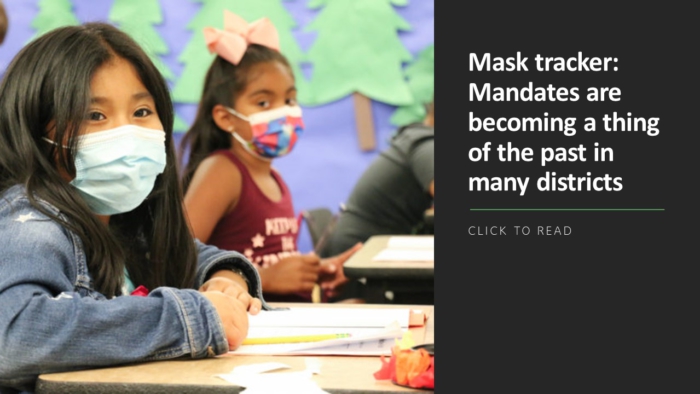Faced with high gas prices and bus driver shortages, school districts across the U.S. are making efforts to maintain steady and efficient bus operations.
In a webinar sponsored by TransACT last week, Director of Transportation for Farmington Municipal Schools Billy Huish spoke on how his district is adjusting to these challenges to save miles and reduce fuel costs. Farmington faces unique difficulties as many students in the district live on Navajo reservations. These homes are often very spread out and lack mailing addresses.
Huish provided insight on how Farmington schools have adapted to these challenges to keep costs low and drivers happy:
Consolidate routes
By mapping out bus routes, schools should check to see if there is any overlap in their bus routes that may be resulting in excessive fuel use.
“We were able to reduce our fuel usage by making our routes more efficient,” said Huish. “We may not have saved that many miles, but by rerouting we were able to save fuel and time for our drivers.”
Taking steps to consolidate routes is especially important for large school districts like Farmington. Huish said his drivers average 6,000 miles a day and over 1 million annually. To ensure their is no overlap between routes, they use Travel Tracker to help map and pin point students’ homes that have no mailing address.
More from DA: Calculating the costs of academic recovery? A brand new tool can help
Make the driver’s job easier
Schools struggling to maintain a consistent team of drivers should consider their drivers’ workload. Huish says they don’t want their drivers to spend extra hours planning routes and updating rosters.
“Drivers used to have to hand draw a map and hand write their route descriptions and their student rosters,” said Huish. “We print out their roster sheets and attendance sheets, we print out a map and put it in a book for them and it’s kept in their buses.”
Farmington schools use PowerSchool to keep their routing programmer updated on any roster changes so that their drivers are aware of those changes the following day.
Use accessible federal funding
In most circumstances, federal funding cannot be used for transportation services, according to Dr. David Holbrook, executive director of federal programs and state relationships at TransACT Communications. However, during the COVID-19 pandemic, three laws totaling over $190 billion were implemented to provide funding for K-12 education, according to Holbrook, that schools can use for transportation needs as long as they address an impact caused by the pandemic, such as driver shortages. These laws are The Cares Act, Elementary and Secondary School Emergency Relief Fund (ESSER) and the American Rescue Plan (ARP).









